Discover 20 Asian flowers like Cherry Blossom and Lotus with easy care tips from Ashley Scott, a 10-year pro. Perfect for USA gardens!

Hey there, plant lovers! I’m Ashley Scott, and with 10 years of gardening experience in my USA backyard, I’ve grown plenty of gorgeous blooms, including some stunning Asian flowers that bring vibrant colors and deep cultural vibes to any garden. These flowers, many native to or widely celebrated in Asia, are perfect for adding beauty and meaning to your space, whether you’re in a small urban patio or a sprawling yard. You asked for a list of 20, including specific ones like Cherry Blossom, Lotus, and Peony, so I’ve got those covered plus a few extra to round it out. I’ll share simple care tips from my own trials, tie them to easy projects like succulent propagation, and highlight their cultural significance. Let’s dive into these 20 Asian flowers!
20 Asian Flowers for Your Garden
Here’s a list of 20 Asian flowers, including all the ones you requested, with their origins, why they’re special, and how to grow them in the USA. Each includes my personal tips and a nod to their Asian roots, perfect for pairing with DIY compost bins or native ornamental grasses (check my posts at USA Garden Hub).
1. Cherry Blossom (Prunus serrulata)
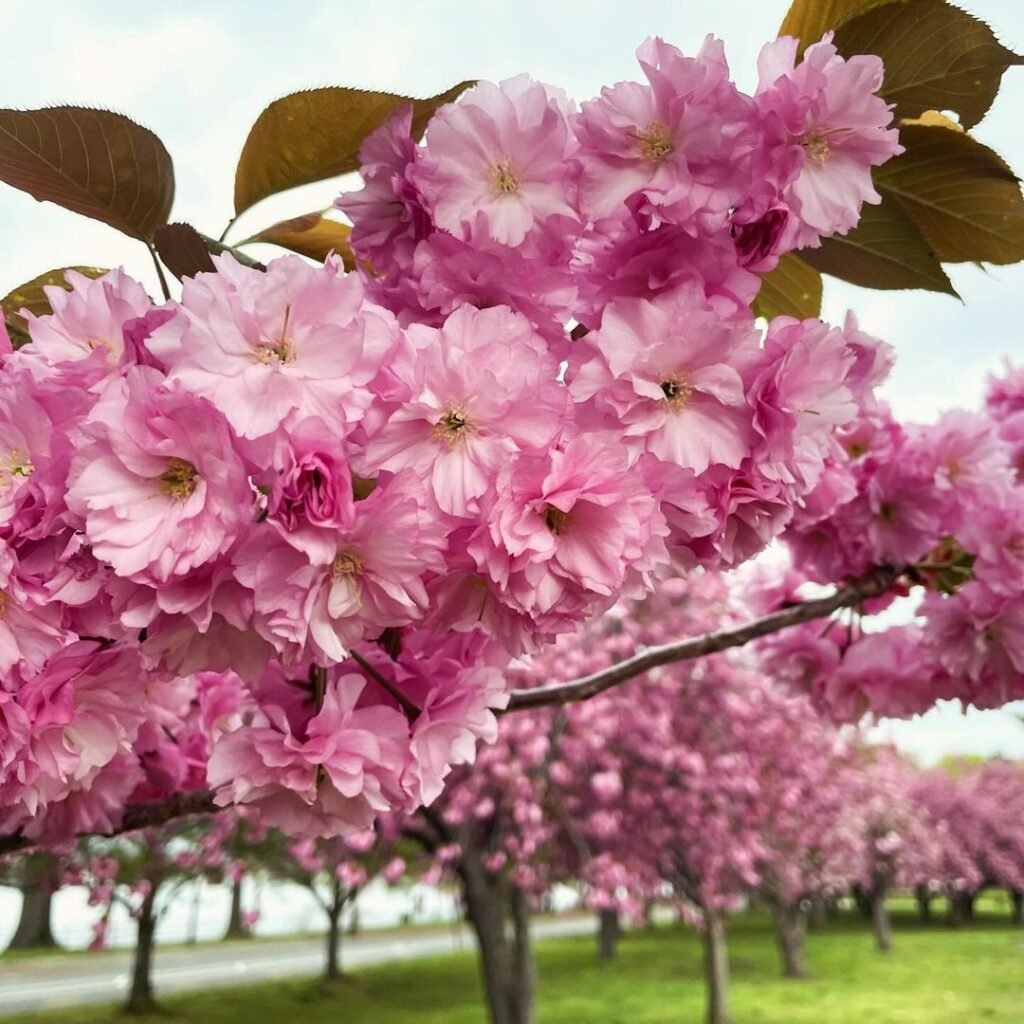
Origin: Japan
These iconic pink or white blooms signal spring and renewal in Japanese culture, often celebrated during Hanami festivals.
- Why It’s Special: Symbolizes life’s fleeting beauty.
- Growing Tips: Full sun, well-drained soil. Zones 5-8. Prune after flowering.
- Size: 15-25 feet tall (dwarf varieties for small spaces).
- My Tip: I planted a dwarf cherry in my yard for spring shows—use compost from my DIY compost bin ideas for blooms.
- Fun Fact: Japan gifts cherry trees to cities like Washington, D.C., for friendship.
2. Lotus (Nelumbo nucifera)

Origin: China
A symbol of autumn and longevity, featured in Chinese art and tea.
- Why It’s Special: Represents vitality and honor.
- Growing Tips: Full sun, moist soil. Zones 5-9. Pinch for bushy growth.
- Size: 1-3 feet.
- My Tip: My fall mums bloom longer with deadheading—great with 8 blooming plants that bees love.
- Fun Fact: Japan’s imperial throne is called the Chrysanthemum Throne.
3. Chrysanthemum (Chrysanthemum morifolium)
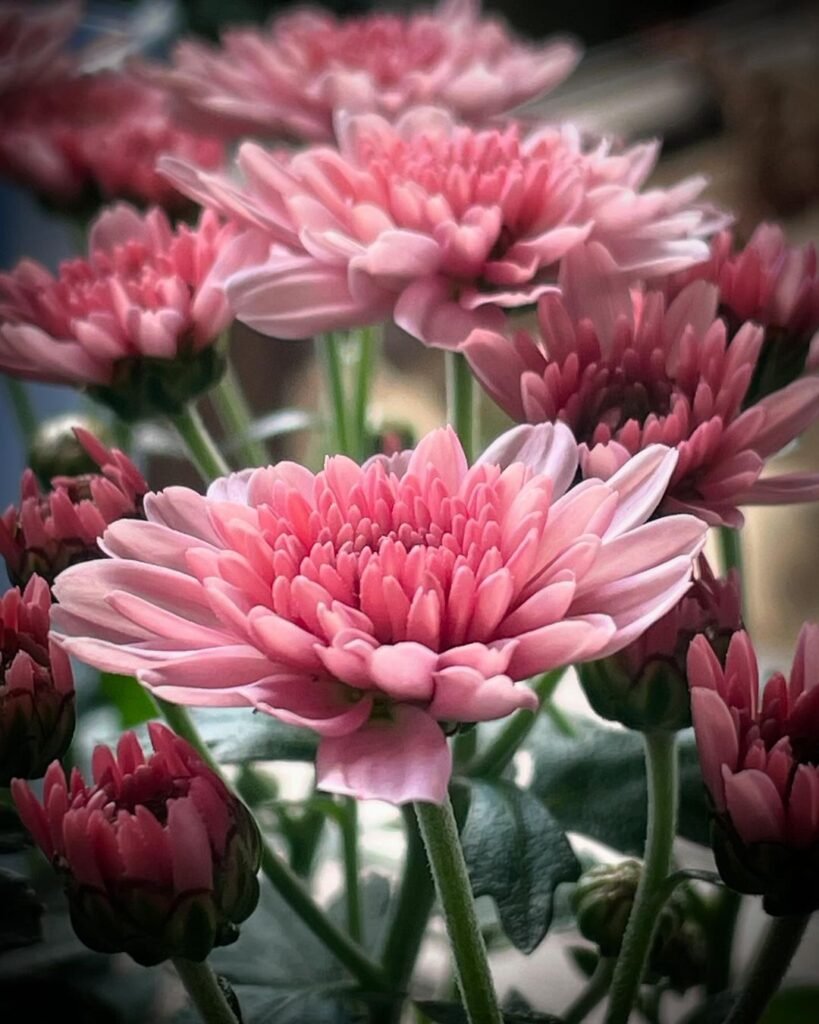
Origin: China
Known as the “king of flowers,” peonies symbolize prosperity and romance.
- Why It’s Special: Lush blooms for love and wealth.
- Growing Tips: Full sun, rich soil. Zones 3-8. Plant in fall.
- Size: 2-4 feet.
- My Tip: Mulch with my DIY compost for huge spring flowers.
- Fun Fact: Peonies can live over 100 years!
4. Peony (Paeonia lactiflora)
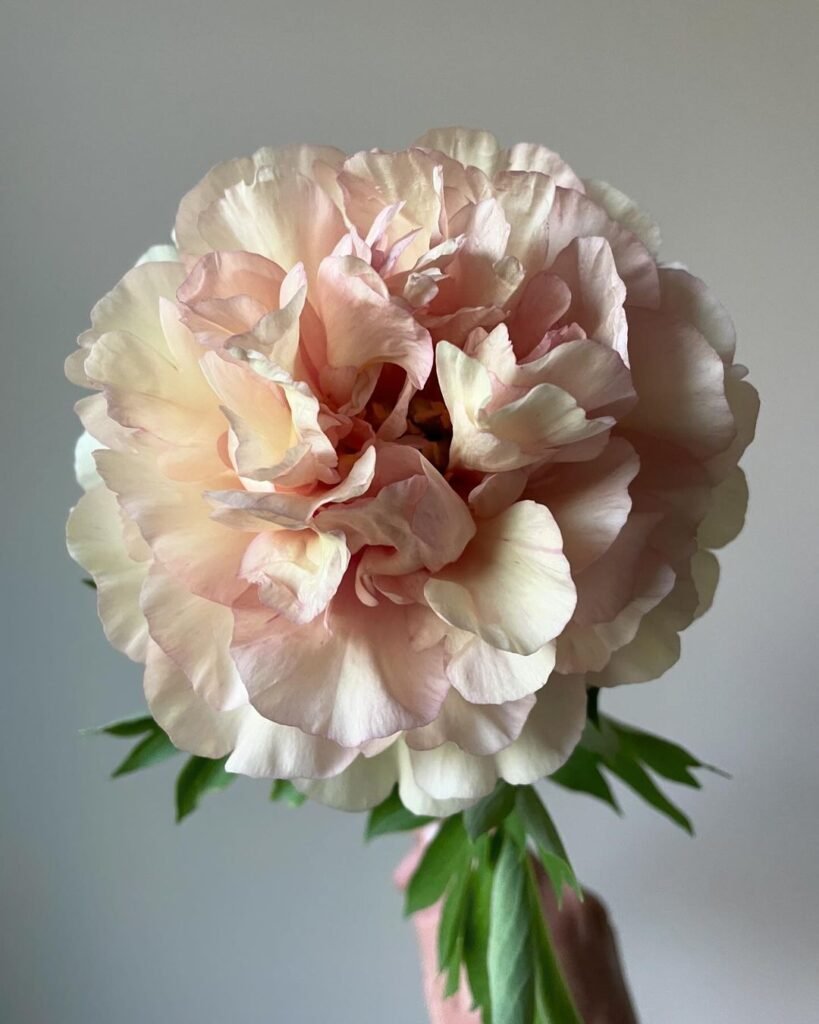
Origin: China
Known as the “king of flowers,” peonies symbolize prosperity and romance.
- Why It’s Special: Lush blooms for love and wealth.
- Growing Tips: Full sun, rich soil. Zones 3-8. Plant in fall.
- Size: 2-4 feet.
- My Tip: Mulch with my DIY compost for huge spring flowers.
- Fun Fact: Peonies can live over 100 years!
5. Orchid (Various genera)
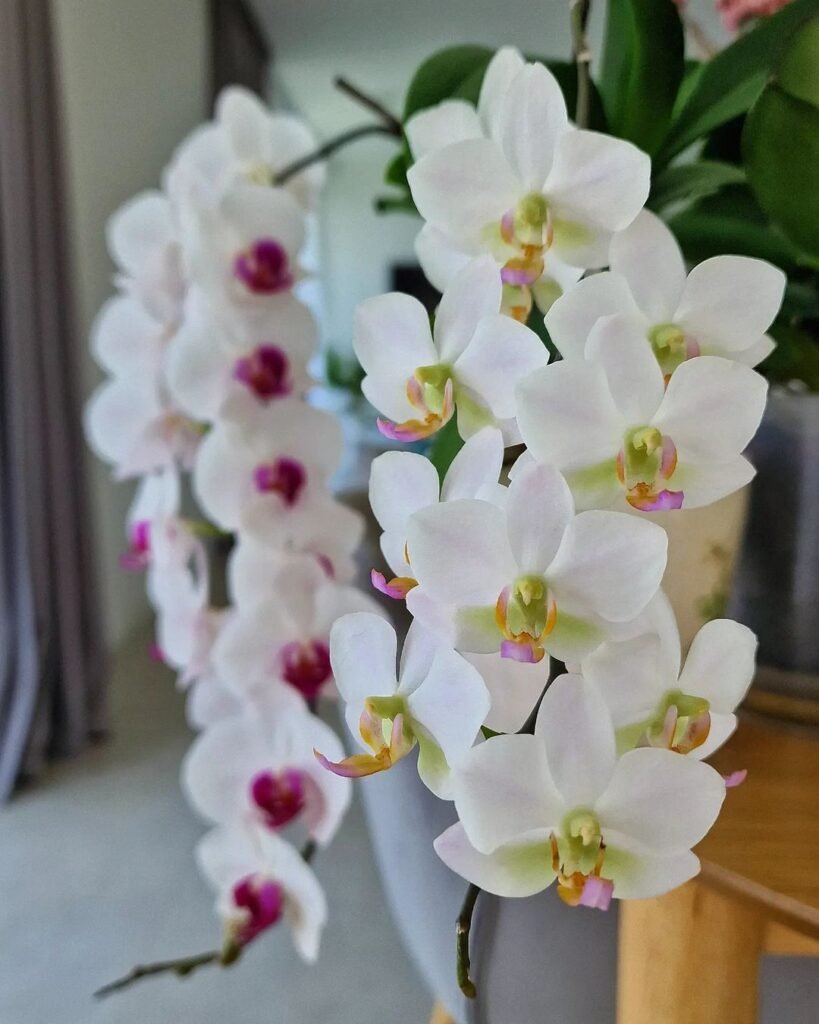
Origin: Southeast Asia
Orchids stand for beauty and strength, popular in Asian art.
- Why It’s Special: Elegant and enduring.
- Growing Tips: Bright indirect light, orchid mix. Zones 10-12 (indoor elsewhere).
- Size: 1-3 feet.
- My Tip: I propagate mine like succulent propagation from stem—use keiki paste for babies.
- Fun Fact: Some orchids mimic insects to attract pollinators.
6. Camellia (Camellia japonica)
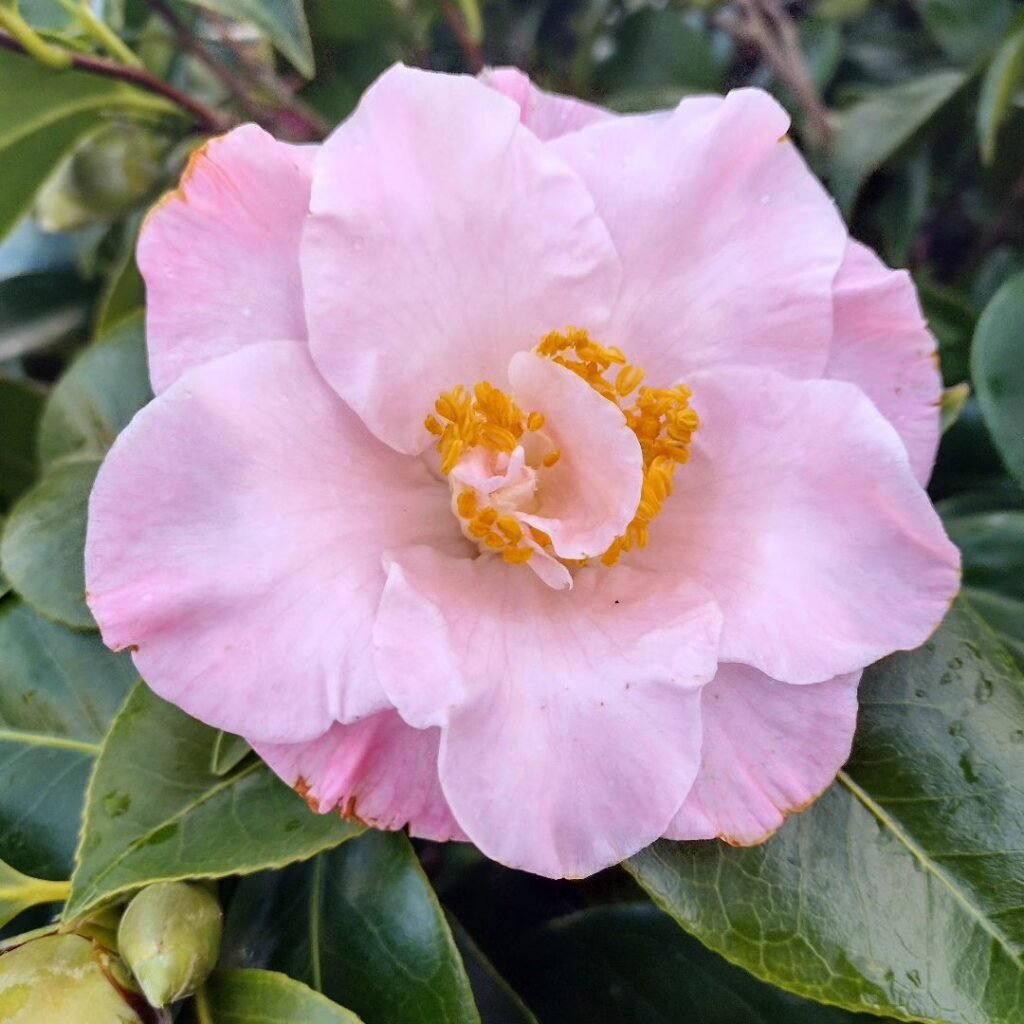
Origin: Japan, China
These glossy evergreens bloom in reds and pinks, symbolizing gratitude.
- Why It’s Special: Winter blooms for hope.
- Growing Tips: Partial shade, acidic soil. Zones 7-9.
- Size: 6-12 feet.
- My Tip: Grow in pots for patios—mist like indoor hibiscus.
- Fun Fact: Used in Japanese tea ceremonies.
7. Hibiscus (Hibiscus rosa-sinensis)
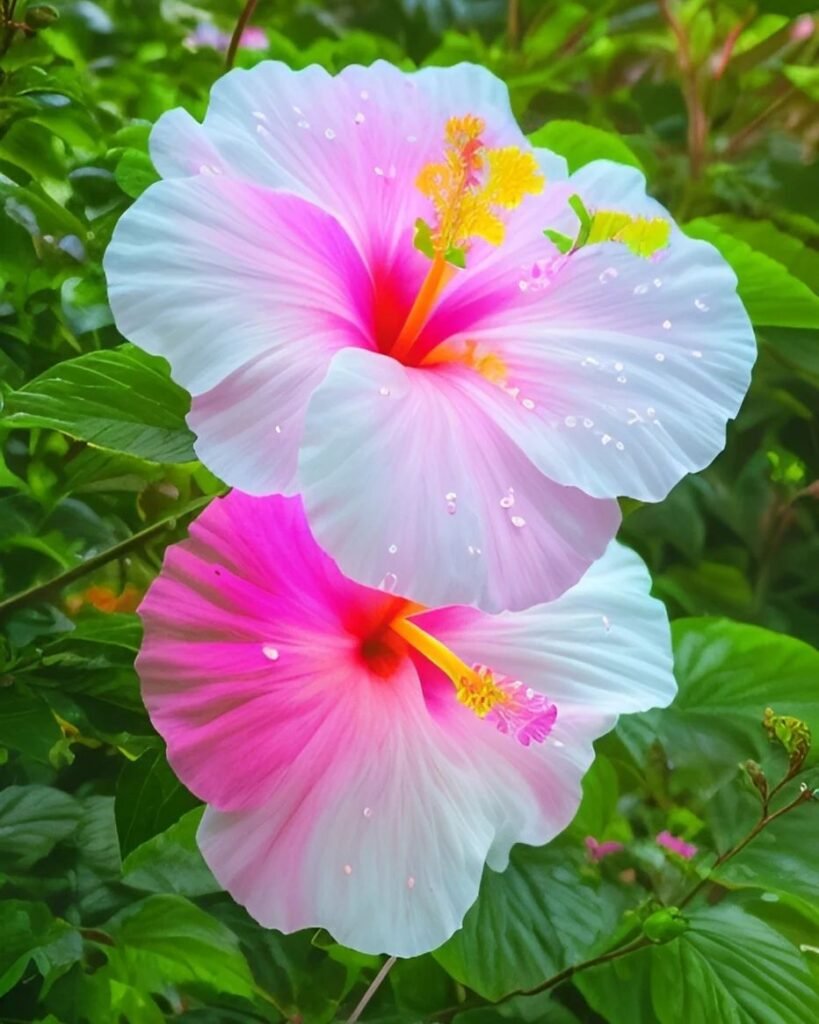
Origin: Tropical Asia
Bright red or pink blooms mean delicate beauty in Asian cultures.
- Why It’s Special: Bold yet gentle.
- Growing Tips: Full sun, moist soil. Zones 9-11 (indoor elsewhere).
- Size: 3-10 feet.
- My Tip: Check my 5 mistakes to avoid with indoor hibiscus for tips.
- Fun Fact: Flowers used in Malaysian tea.
8. Plum Blossom (Prunus mume)
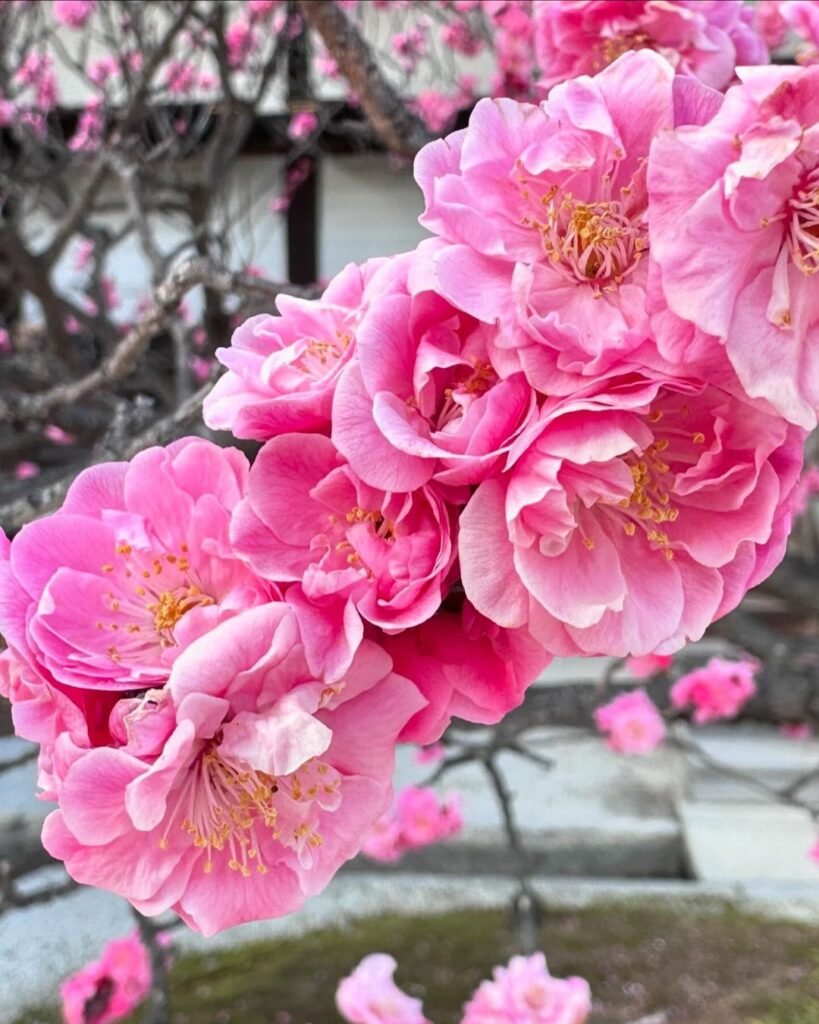
Origin: China, Japan
Early spring blooms symbolize resilience, flowering even in late winter snow.
- Why It’s Special: Courage and hope.
- Growing Tips: Full sun, well-drained soil. Zones 6-9.
- Size: 10-20 feet.
- My Tip: Dwarf varieties for small yards—pair with native grasses.
- Fun Fact: China’s national flower.
9. Azalea (Rhododendron spp.)
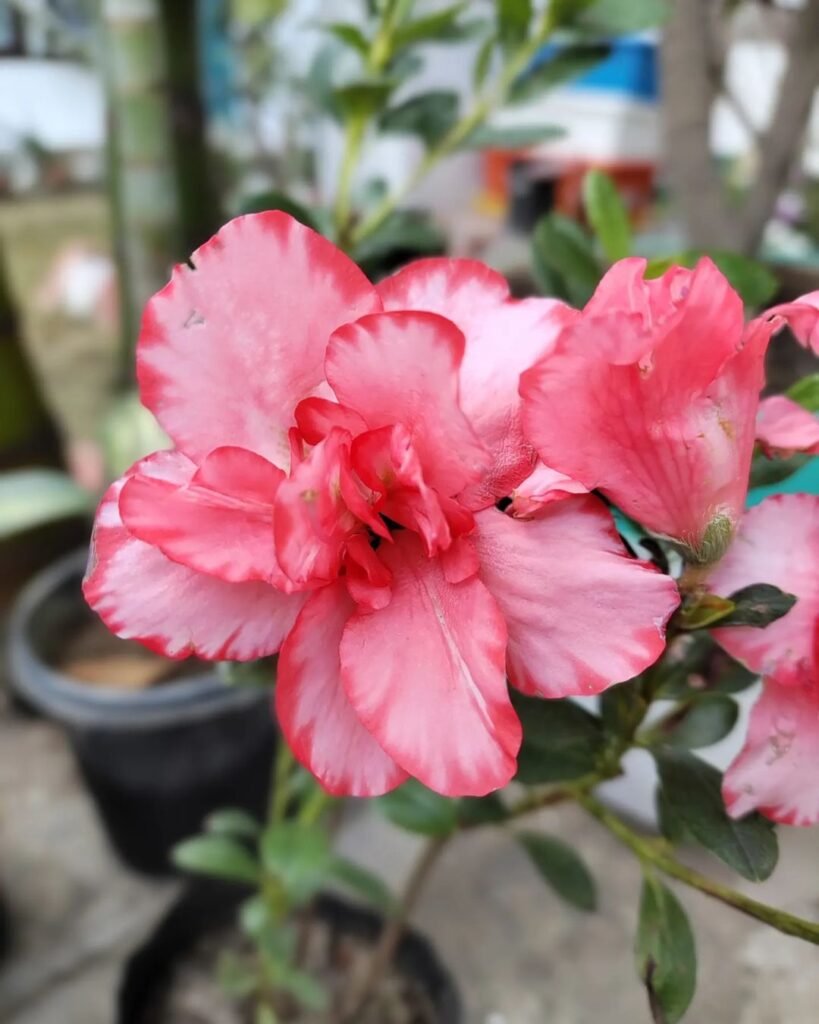
Origin: Asia
These vibrant shrubs bloom in spring, symbolizing femininity and care.
- Why It’s Special: Soft yet bold colors.
- Growing Tips: Partial shade, acidic soil. Zones 5-9.
- Size: 2-6 feet.
- My Tip: See my orange azalea guide for care tips.
- Fun Fact: Popular in Japanese bonsai.
10. Water Lily (Nymphaea spp.)
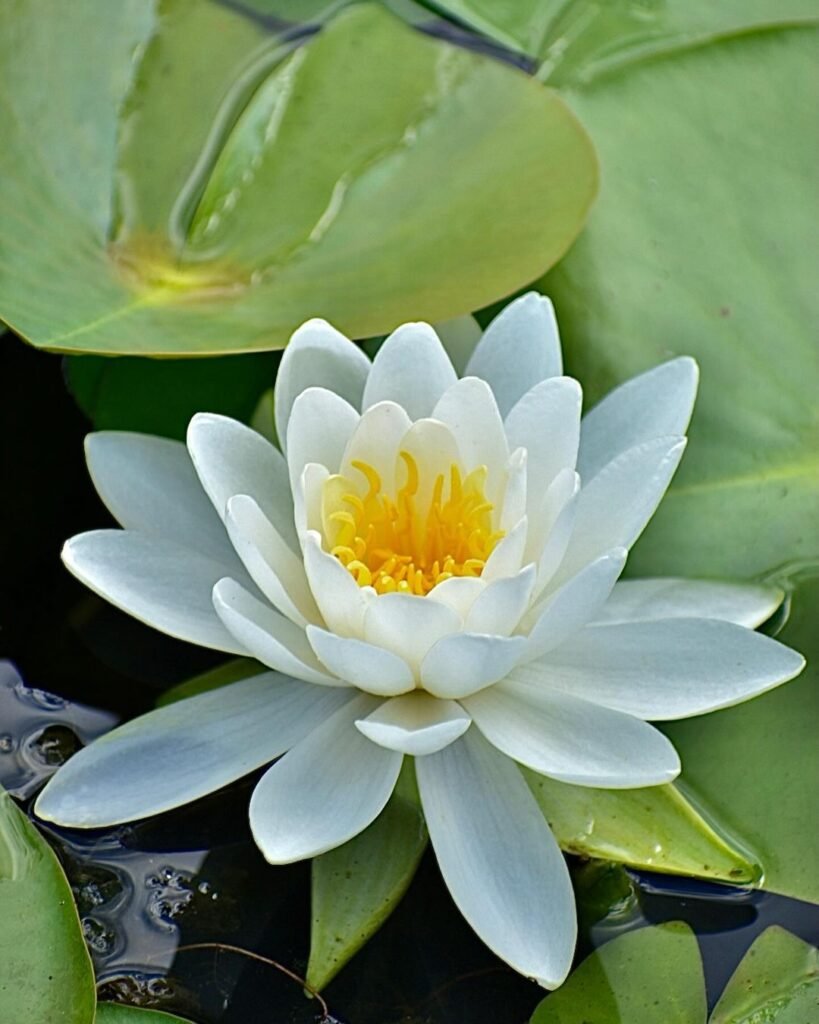
Origin: Asia
Floating blooms symbolize purity and peace, common in Asian ponds.
- Why It’s Special: Calming and spiritual.
- Growing Tips: Full sun, aquatic pots. Zones 4-10.
- Size: Spreads 2-6 feet.
- My Tip: Grow with lotus in a water feature.
- Fun Fact: Sacred in Buddhism.
11. Jasmine (Jasminum spp.)
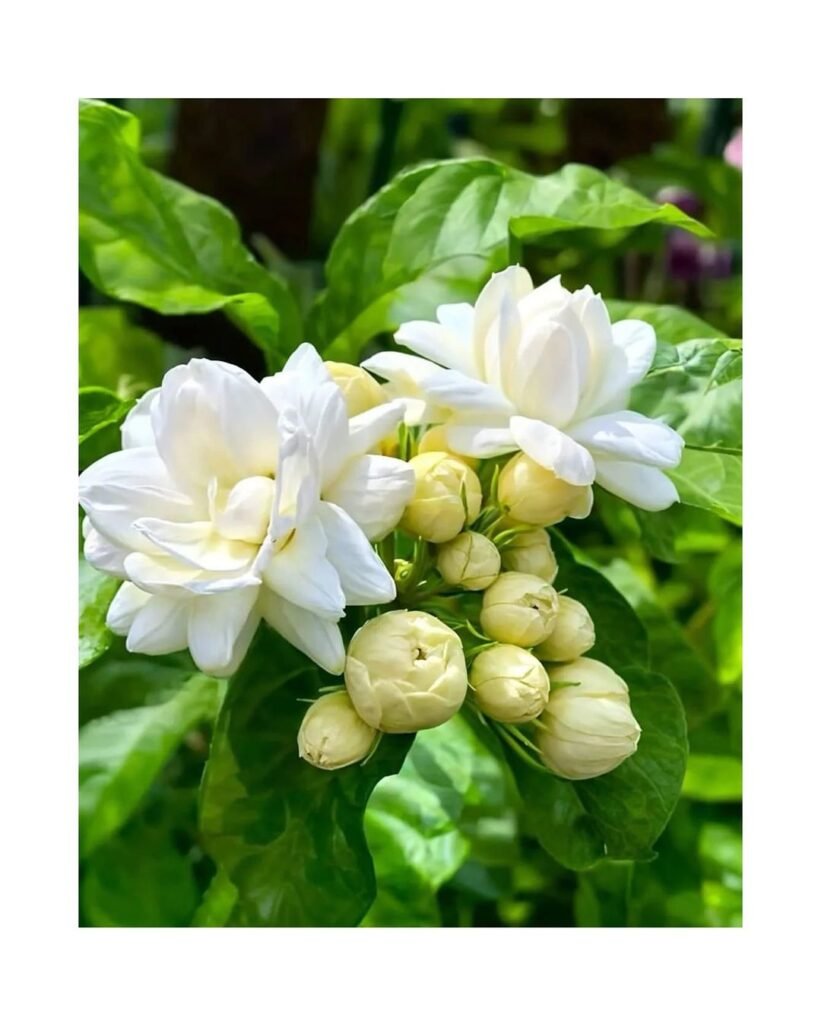
Origin: Asia
Fragrant white flowers mean love and purity, used in perfumes.
- Why It’s Special: Sweet scent for romance.
- Growing Tips: Full sun, well-drained soil. Zones 7-10.
- Size: 3-15 feet.
- My Tip: Train on a trellis like succulent propagation on a string.
- Fun Fact: India’s wedding garlands feature jasmine.
12. Rhododendron (Rhododendron spp.)
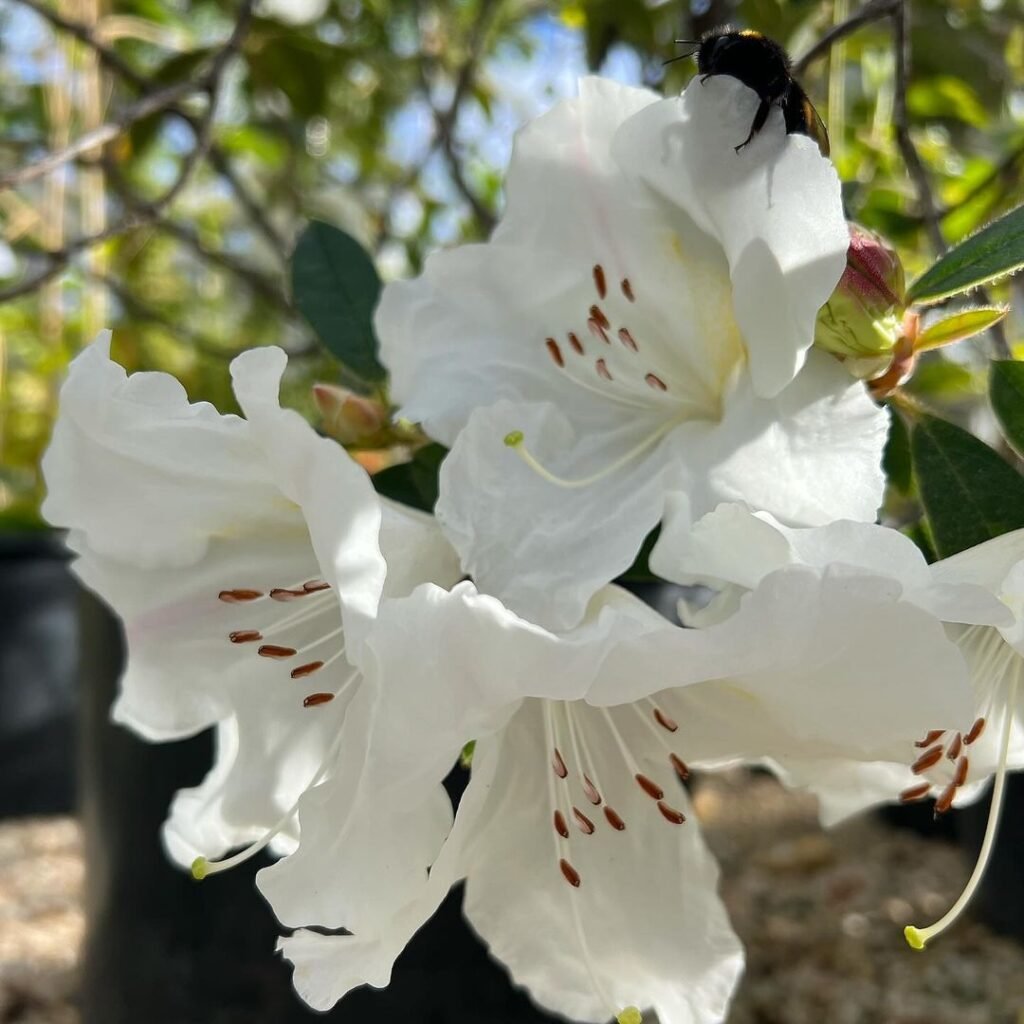
Origin: Himalayas, Asia
Bold blooms in pink or purple, Washington’s state flower.
- Why It’s Special: Strength and beauty.
- Growing Tips: Partial shade, acidic soil. Zones 4-8.
- Size: 3-15 feet.
- My Tip: Mulch well for winter protection.
- Fun Fact: Blooms April-June in forests.
13. Magnolia (Magnolia spp.)
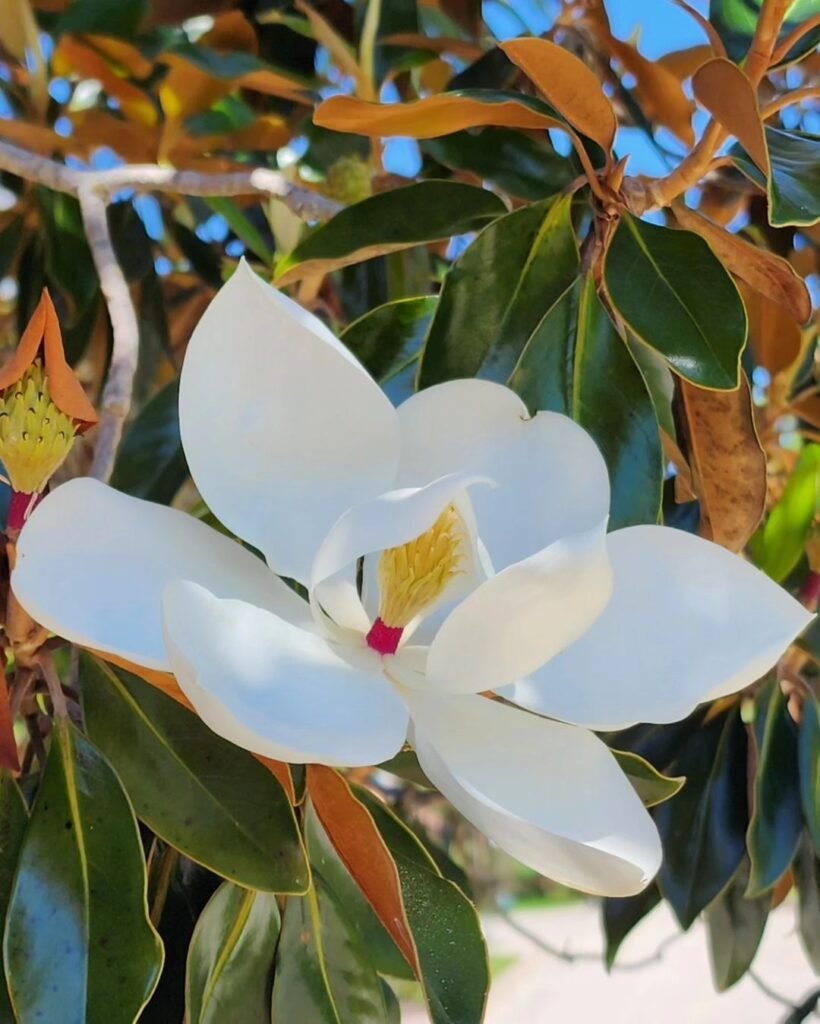
Origin: East Asia
Large, creamy blooms symbolize dignity and nobility.
- Why It’s Special: Timeless elegance.
- Growing Tips: Full sun, rich soil. Zones 4-9.
- Size: 10-80 feet (dwarf for small spaces).
- My Tip: See my flowers that start with M for more.
- Fun Fact: Ancient Chinese gardens loved them.
14. Iris (Iris spp.)
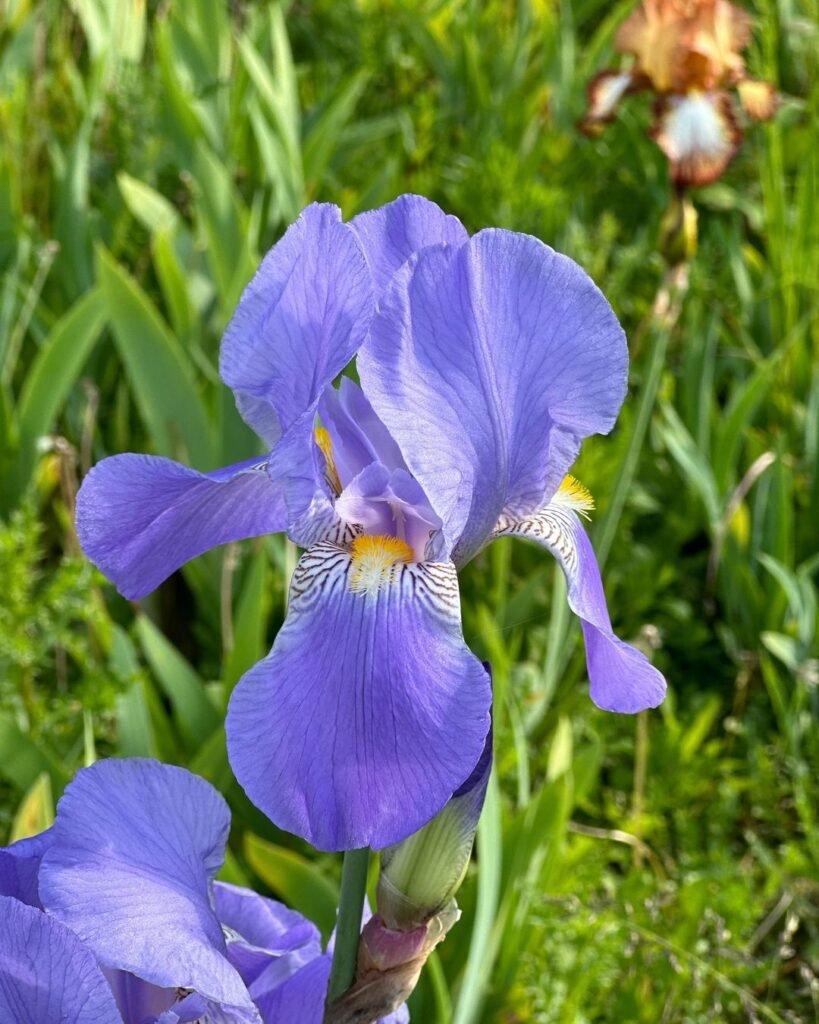
Origin: Asia, Japan
Graceful blooms symbolize wisdom and courage.
- Why It’s Special: Elegant and symbolic.
- Growing Tips: Full sun, well-drained soil. Zones 3-9.
- Size: 1-3 feet.
- My Tip: Divide every 3 years for blooms.
- Fun Fact: Japan’s iris gardens are tourist spots.
15. Lotus Lantern Plant (Abutilon hybridum)
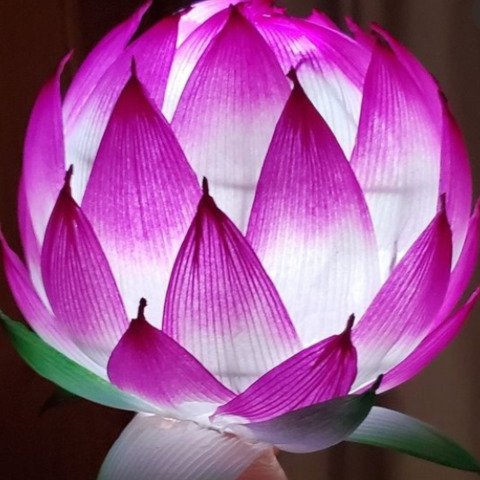
Origin: Asia (hybrid)
Bell-shaped blooms in red or yellow, like little lanterns.
- Why It’s Special: Playful and bright.
- Growing Tips: Full sun, moist soil. Zones 9-11.
- Size: 2-10 feet.
- My Tip: Grow in pots for patios.
- Fun Fact: Called “flowering maple” for leaf shape.
16. Tree Peony (Paeonia suffruticosa)
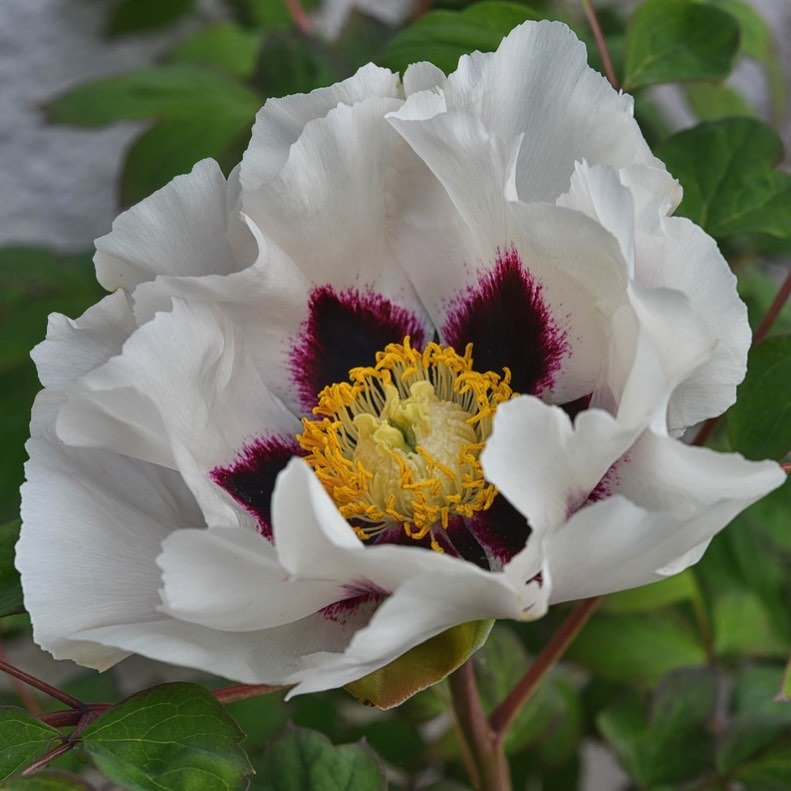
Origin: China
Massive, colorful blooms for wealth and honor.
- Why It’s Special: Regal and long-lived.
- Growing Tips: Full sun, rich soil. Zones 4-8.
- Size: 3-7 feet.
- My Tip: Stake for support—use DIY compost.
- Fun Fact: Prized in Chinese emperors’ gardens.
17. Balloon Flower (Platycodon grandiflorus)
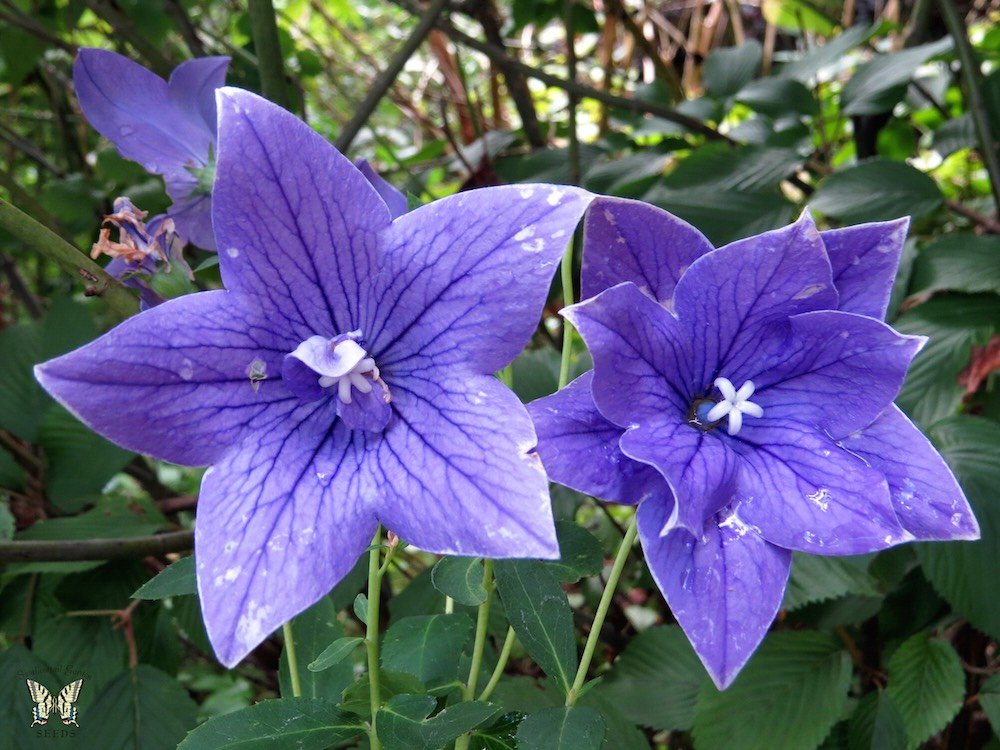
Origin: East Asia
Star-shaped blue or white blooms that puff up like balloons.
- Why It’s Special: Whimsical and hardy.
- Growing Tips: Full sun, well-drained soil. Zones 3-8.
- Size: 1-2 feet.
- My Tip: Pair with coreopsis flower for color.
- Fun Fact: Used in Korean herbal medicine.
18. Camellia sinensis
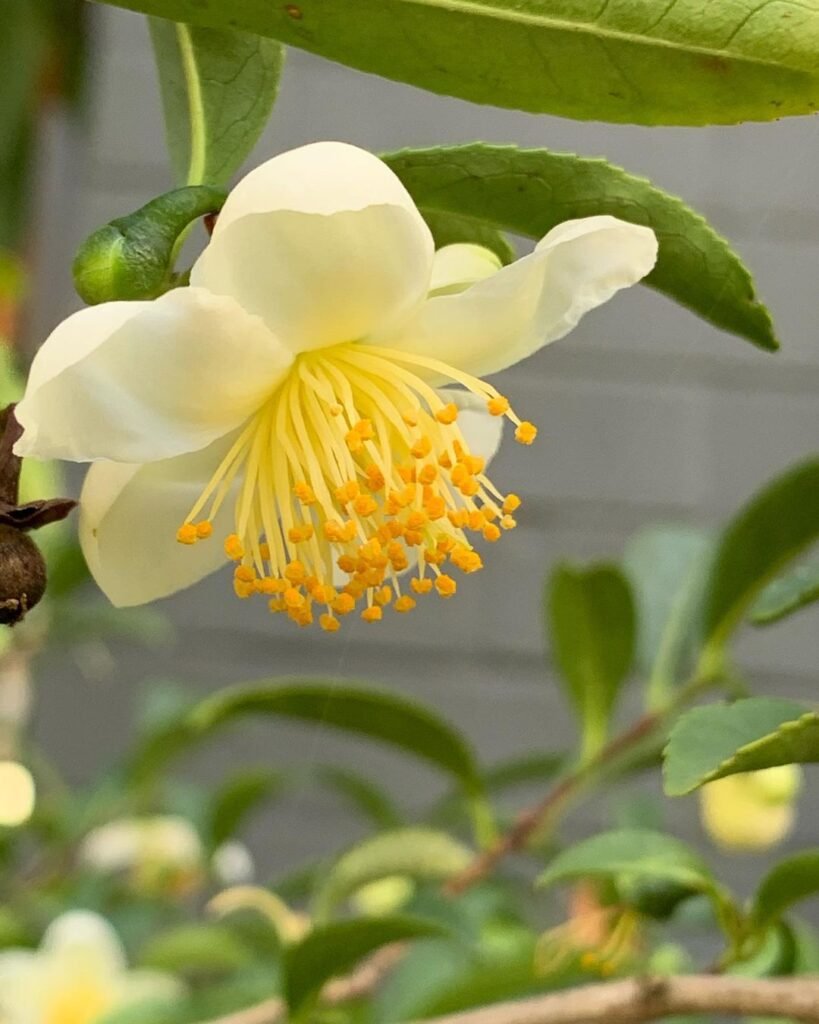
Origin: China
The tea plant with small white flowers, used for green tea.
- Why It’s Special: Functional and pretty.
- Growing Tips: Partial shade, acidic soil. Zones 7-9.
- Size: 3-15 feet.
- My Tip: Grow indoors in cooler zones.
- Fun Fact: Leaves make your morning tea!
19. Spider Lily (Lycoris radiata)
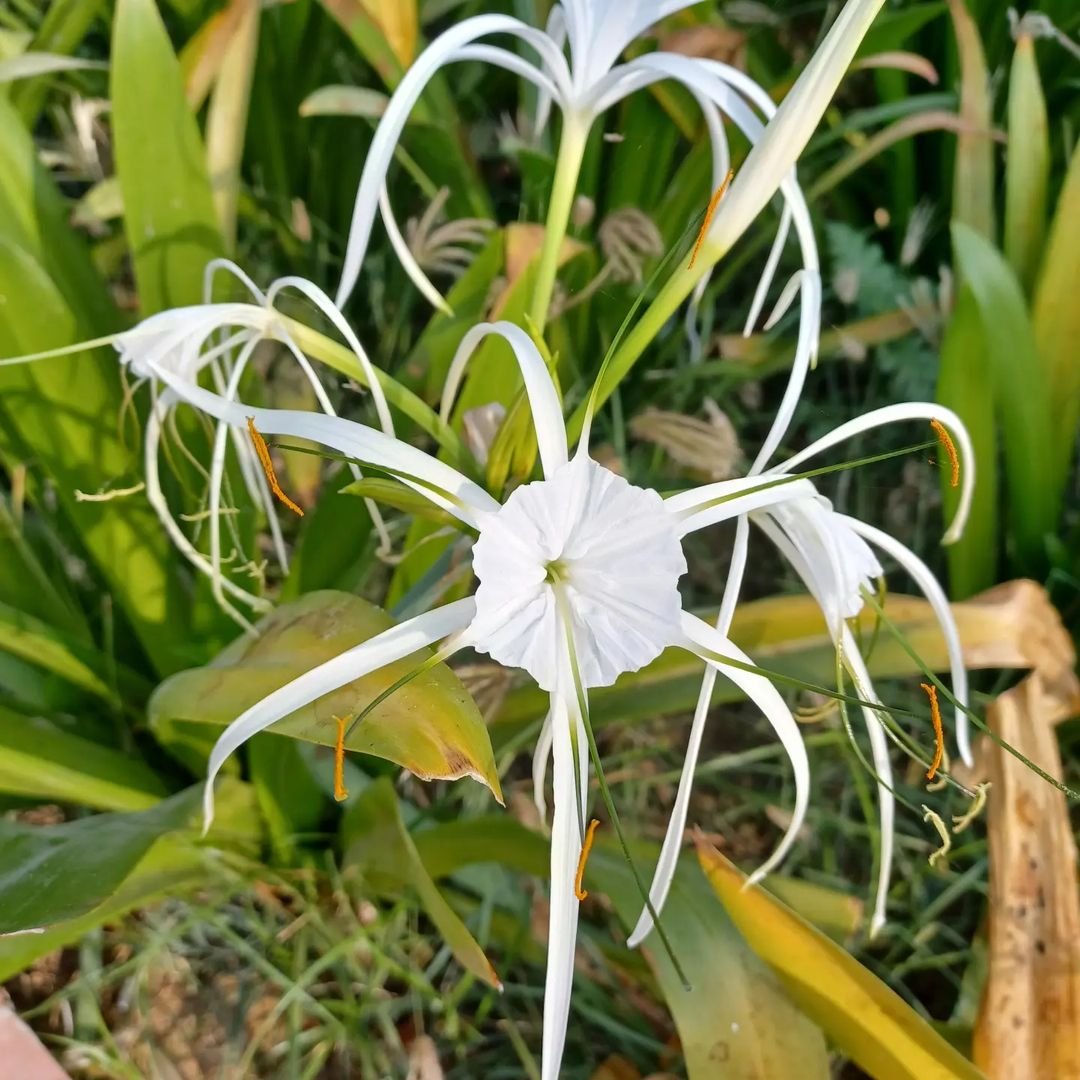
Origin: Japan, China
Red, spidery blooms appear suddenly, symbolizing final farewells.
- Why It’s Special: Mysterious and striking.
- Growing Tips: Partial shade, moist soil. Zones 6-10.
- Size: 1-2 feet.
- My Tip: Plant bulbs in fall for late summer blooms.
- Fun Fact: Linked to Japanese Buddhist festivals.
20. Lenten Rose (Helleborus orientalis)
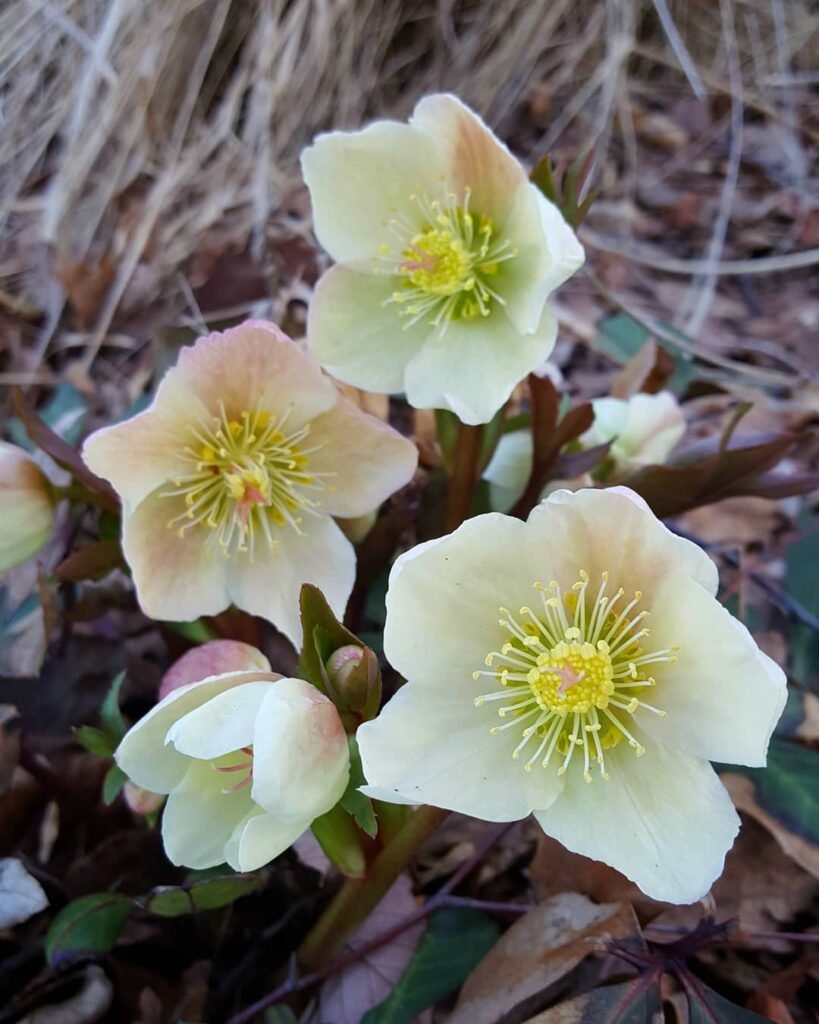
Origin: Asia
Minor Early-blooming roses in purple or white, symbolizing serenity.
- Why It’s Special: Blooms in late winter.
- Growing Tips: Shade, well-drained soil. Zones 4-9.
- Size: 1-2 feet.
- My Tip: Great under trees with cyclamen.
- Fun Fact: Blooms during Lent, hence the name.
Why Grow Asian Flowers?
These 20 Asian flowers bring beauty, culture, and resilience to USA gardens, from tiny patios to big yards. Many, like jasmine and peony, are low-maintenance, much like succulent propagation (see my guide at USA Garden Hub). They attract bees (pair with 8 blooming plants that bees love) and add meaning, like the lotus for peace or cherry blossom for renewal. Perfect for Zones 3-11 with proper care.
Quick Tips for Growing Asian Flowers
- Match Conditions: Check your USDA zone—most fit 3-11.
- Soil Prep: Use acidic soil for camellias and azaleas; add DIY compost for nutrients.
- Water Smart: Keep moist but not soggy, like propagating succulents in soil.
- Cultural Touch: Plant cherry blossoms or lotus for Asian-inspired gardens.
- Pollinator Boost: Jasmine and chrysanthemums draw bees and butterflies.
For more, visit Missouri Botanical Garden or University of Florida IFAS Extension.
Wrapping up, these Asian flowers bring vibrant colors and stories to your space—my lotus and peonies are garden stars! Which one’s your favorite? Share on USA Garden Hub!

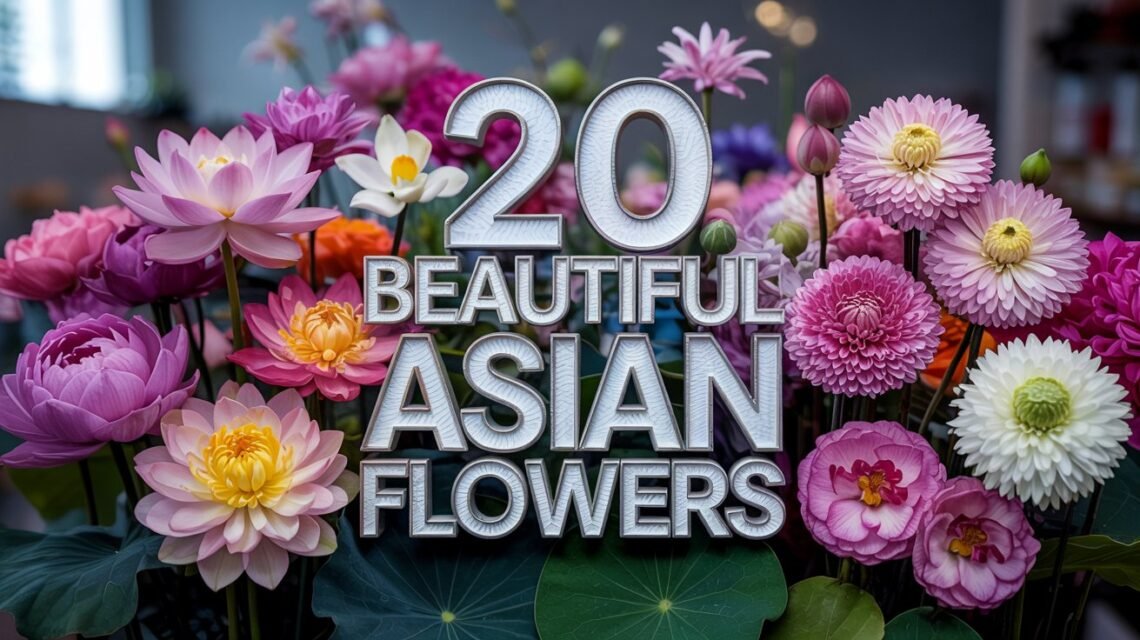

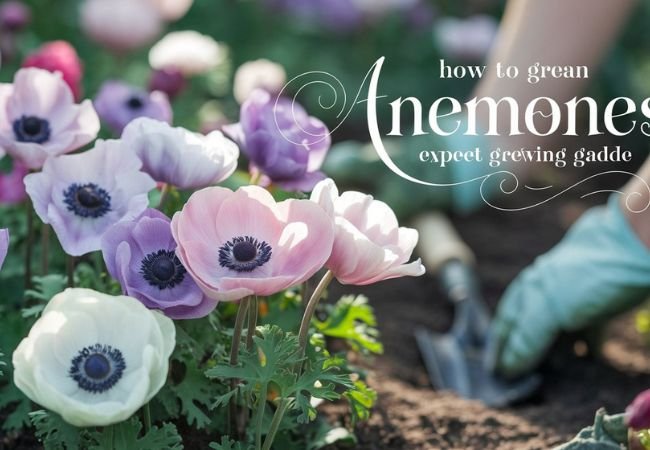



2 Comments on “20 Asian Flowers to Grow: Care Tips & Meanings”